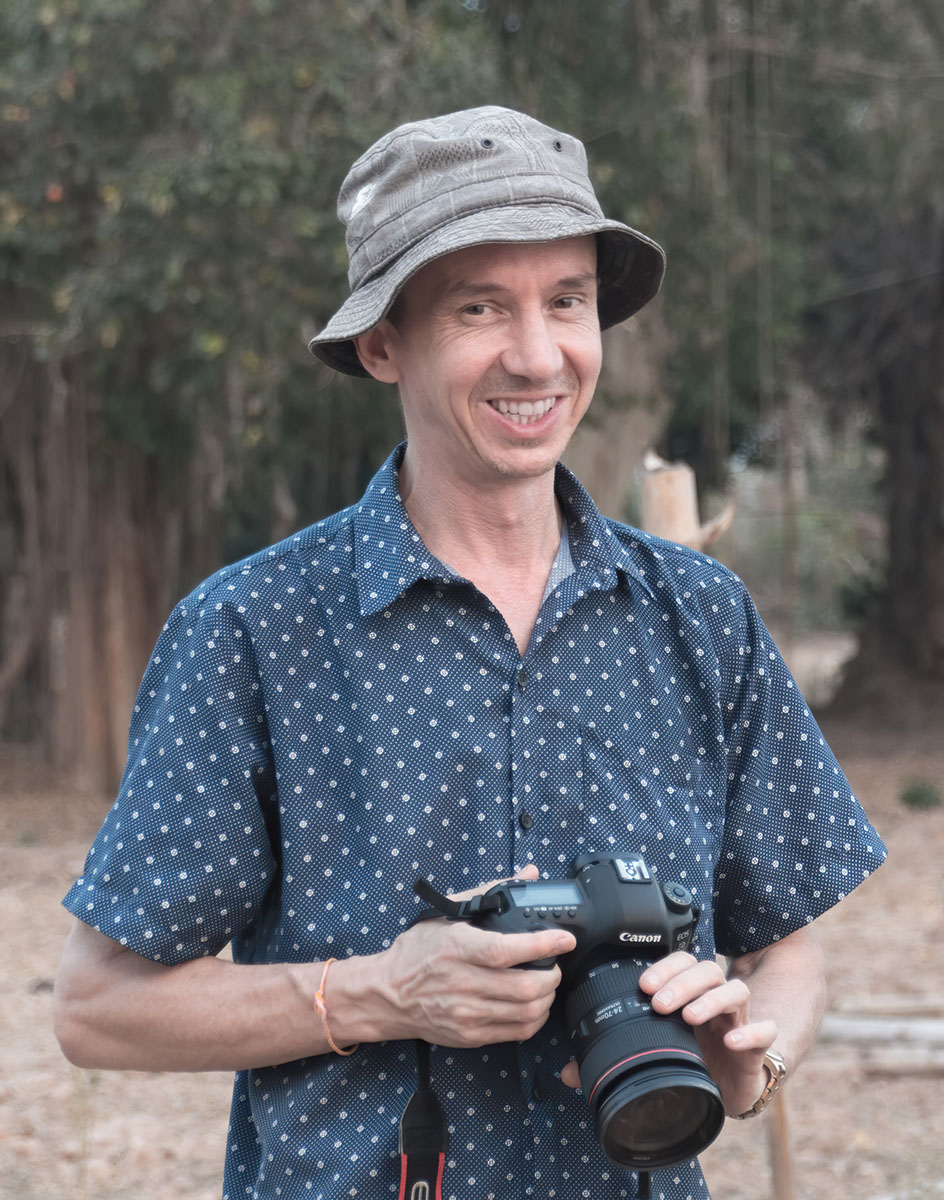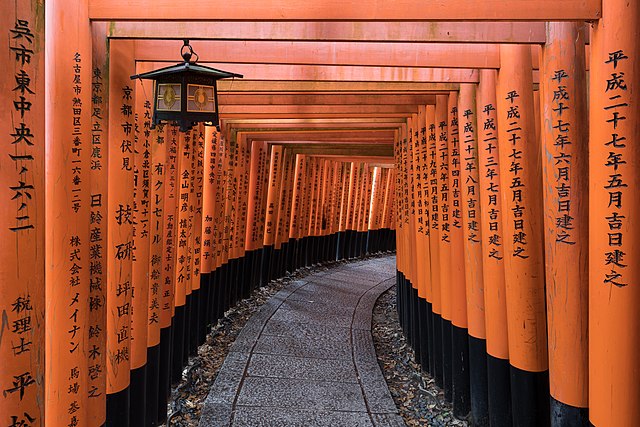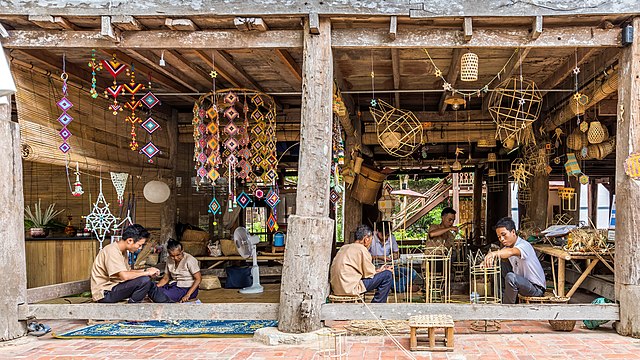Ambigrams
Ambigrams are symmetrical calligraphic creations, which can have several interpretations depending on the angle of view. Graphically,
these words are readable right side up and upside down by rotating 180 degrees, or through a mirror by axial symmetry.
The words I draw are mainly
in English and
in French. Sometimes I work on proper names or logos.
See
my publications
in dozens of websites, magazines and books, including Forbes, Pressenza, Le Monde Libertaire, Substack, Le Point, Quanta Magazine... And broadcast on TV at BBC and France 2.
Tthe French Minister of Culture
Aurélie Filipetti, started following me on X (Twitter)!
Paintings
My paintings are part of the
"op art" (Wikipedia) (optical art) movement, exploiting visual perception, optical games and illusions.
Most often, they are abstract mosaics made up of more or less regular geometric plots. These colored and uniform patterns generally harbor peculiarities which make the paintings special.
I mainly work with acrylic, suitable for homogeneous solid colors.
An
analysis of my work was carried out by art critic Francis Parent (Artrinet).
Photography

Basile Morin (2019) photo © Sébastien Buzz |
Publications
Here is a list of my photographs published
in around a hundred websites, magazines and books, including The Diplomat,
Jumeau Empire, Geo, The Daily Californian, Le Monde diplomatique, Metro Weekly, The Conversation, Santa Barbara Independent...
Background
My practice of photography has ancient origins, and intensified in 2017, after the purchase of a
Canon EOS 5D Mark IV
camera and several lenses adapted to my interests (
landscapes,
architecture,
wildlife,
portraits, and
more).
Previously, I used a Canon EOS 550D APS-C type SLR, which allowed me to acquire my skills.
Prior 2010, I used an analog SLR camera. Now I have a Canon R5.
Equipment
One of my favorite accessories is an ordinary tripod, quite simply because it allows to take long exposures to capture
a maximum of photons in low light conditions, and so to deliver details that are often indistinguishable by the eye.
Some living animals, frozen in adequate stillness, sometimes let themselves be photographed for a long moment.

When traveling, I usually go with a load of twenty to twenty-two pounds (nine to ten kilos).
My three main lenses together cover a focal range from 11 to 400 mm.
For small insects, my fixed focal length macro lens helps me, by weighing down my bag by an additional 1.5 lbs (700 grams).
Post-processing
After the still uncertain shots, I use the content of the original files recorded in
RAW format
(Wikipedia), consisting of raw data from the sensor.
Like printing film on paper, RAW images allow to vary exposure, without significant loss of quality
or alteration of colors.
In photography, it is very common to have recourse to the underexposure of the subjects in order to preserve the details contained in the over-bright areas.
I frequently use Lightroom and
Photoshop,
by preserving the original contrasts and tones.
Wikimedia Commons
I often upload
my files to
the Wikimedia Commons
peer site, to make them searchable and usable by anyone, according to
the ethical rule of sharing under a free license.
For having handled this multimedia activity several years, I can attest it is a rather time-consuming labour,
and sometimes even difficult when it comes to identifying an
unknown beast
or a
rare plant.
However, I find pleasure there, and recognition.

I also learned on a technical level, thanks to the FPC section, where participants criticize and vote for
the best images of the platform.
Rewards
My photographs and ambigrams have been published in numerous newspapers, books, magazines, and on television.
Several years in a row,
some of my images have made it to the finals
of the Wikimedia Commons Picture of the Year competition.
I also won six times at the biannual Wiki Science Competition organized around the theme of Science.
Studies and voyages
Born in Compiègne (France),
I lived in Noyon, Paris, then Beauvais, where I got my scientific qualification before
starting engineering studies at the
University of Technology of Compiègne (Wikipedia).
As a student, I lived in Compiègne, Paris, Lyon, Troyes, then Groningen in the Netherlands thanks to the Erasmus program,
Villingen in Germany to support my "Diplomarbeit" (equivalent of a thesis) in
industrial design,
and finally Toulouse (France).
From Toulouse, I made several trips to Asia, including six months in India, three months in Thailand,
and finally Laos, a "favorite" country where I settled in 2005.
Here, I run a guesthouse that I built with seven rooms, on the banks of the Mekong.
Many
photos of my region, animals and locals, integrate this site.

 When traveling, I usually go with a load of twenty to twenty-two pounds (nine to ten kilos).
When traveling, I usually go with a load of twenty to twenty-two pounds (nine to ten kilos).
 I also learned on a technical level, thanks to the FPC section, where participants criticize and vote for
the best images of the platform.
I also learned on a technical level, thanks to the FPC section, where participants criticize and vote for
the best images of the platform.